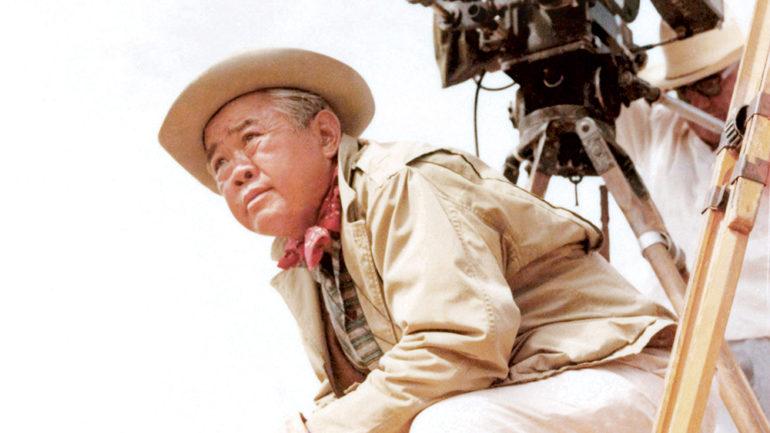Cinematographer James Wong Howe Put Diversity in the Picture in Early Hollywood
By Tim Gray
LOS ANGELES (Variety.com) – Few Hollywood stories can match the career highs and heartbreaking lows of James Wong Howe, whom Variety recognized in its July 15, 1976, edition as “one of the world’s foremost cinematographers.” Born in China on Aug. 28, 1899, he was 5 when his family moved to the U.S. At 18, he was hired for $10 a week to pick up scraps of nitrate film from the cutting room floor, which led to other jobs, including his debut as cinematographer on six films in 1923. Among his credits were “The Thin Man,” “Yankee Doodle Dandy,” “Picnic,” “Sweet Smell of Success,” “The Rose Tattoo” and “Hud”; he won Oscars for the last two. His final film was the 1975 “Funny Lady.”
Wong Howe married writer Sanora Babb in Paris in 1937, but because she was Caucasian, the marriage wasn’t recognized in the U.S. until 1949, when California rescinded its anti-miscegenation law. Even then, Wong Howe and Babb couldn’t go public, since mixed-race marriage violated the studios’ morals clause.
Wong Howe became fascinated watching film crews in L.A.’s Chinatown, and he applied for a job carrying equipment for the Jesse Lasky Studios in 1917. But he was too small, so they hired him for less physical work. He also starting working on the set during production and became a slate boy for Cecil B. DeMille. Meanwhile, he continued his love for still photography.
He faced constant racism in those days, but his hard work, persistence and enormous talent were enough to overcome the bigotry.
He became lighting cameraman in 1922 on “Drums of Fate,” starring Mary Miles Minter, because she liked the photos of her that he had taken.
As Variety later summed up, “His reputation grew and he quickly became one of the most prominent minority group members in Hollywood in those days.” He was billed as James Howe until 1933 when he and MGM changed his billing to James Wong Howe.
According to his biographer Todd Rainsberger, the cinematographer’s acclaim in the mid-1930s was partly due to his being a “novelty of an Oriental in the film industry”; Rainsberger adds that most American news articles about him “dealt with his race and personality.”
As cinematographer, he worked with a great roster of directors, including Martin Ritt, Alexander Mackendrick, John Frankenheimer, Michael Curtiz, W.S. Van Dyke, Sidney Lumet and Daniel Mann.
While he was well known in Hollywood circles, life in America was not easy for anyone of Asian heritage during WWII. To clarify that he wasn’t Japanese, Wong Howe wore a button saying, “I am Chinese.”
Though he was never blacklisted, Wong Howe came under the scrutiny of the House Un-American Activities Committee, which could find no evidence against him. Still, he was “deemed suspicious” because of his willingness to work with those who were labeled Communists. Wong Howe was put on the “gray list,” meaning the Committee preferred that he wouldn’t be hired.
The list of stars in his 100-plus films as DP included Humphrey Bogart, James Cagney, Rita Hayworth, Bela Lugosi, Ronald Reagan, Cary Grant, Myrna Loy, Sidney Poitier, Paul Newman, Rock Hudson, Sean Connery, Kim Novak, William Holden, Barbara Stanwyck and Barbra Streisand.
He directed just a few films, including “Go Man Go,” a 1954 story about the creation of the Harlem Globetrotters starring a young .
He died July 12 at his West Hollywood home after a long bout with cancer. In its July 15 obituary, Variety said he was “one of the world’s foremost cinematographers, and usually considered without peer in the black-and-white field.” More than 40 years later, that still holds true.

